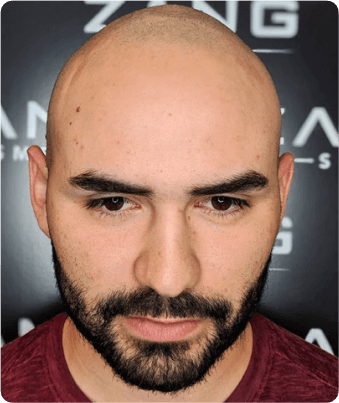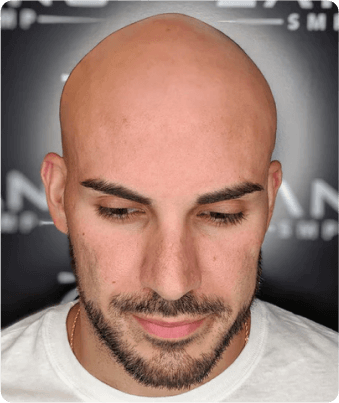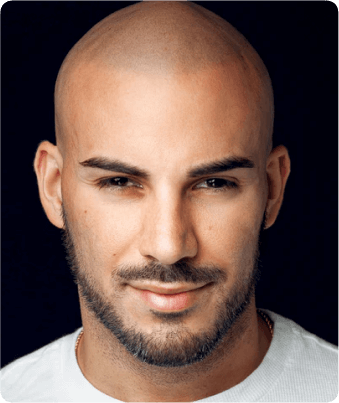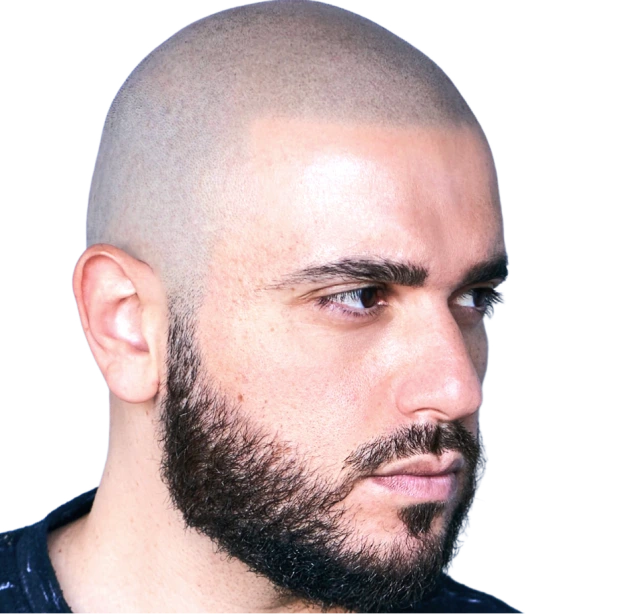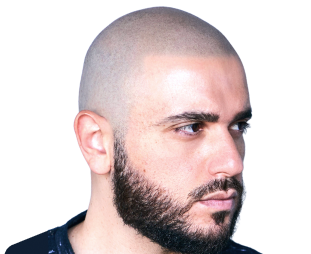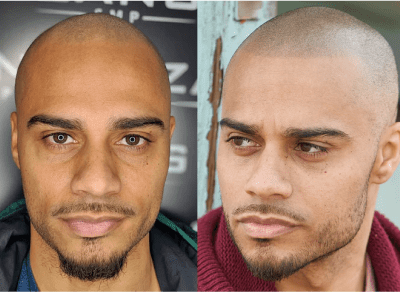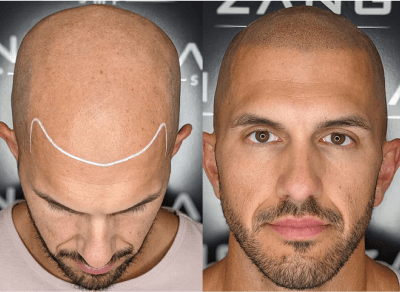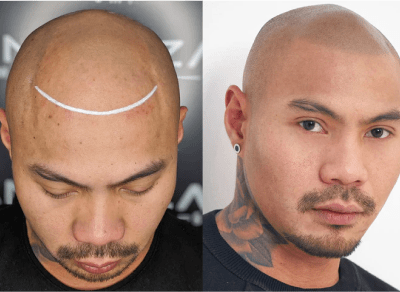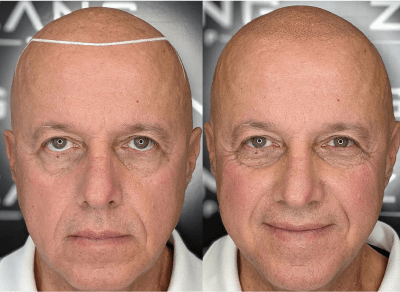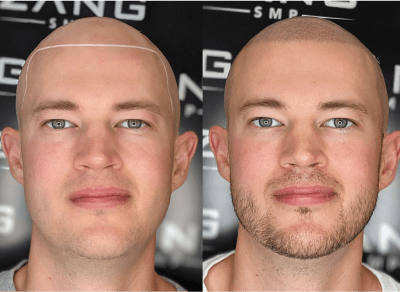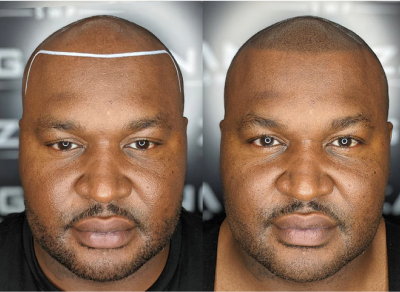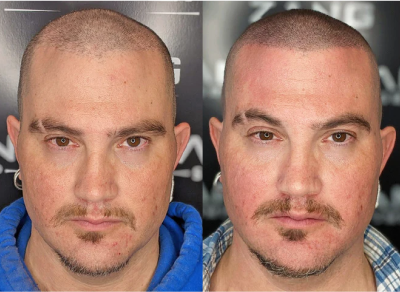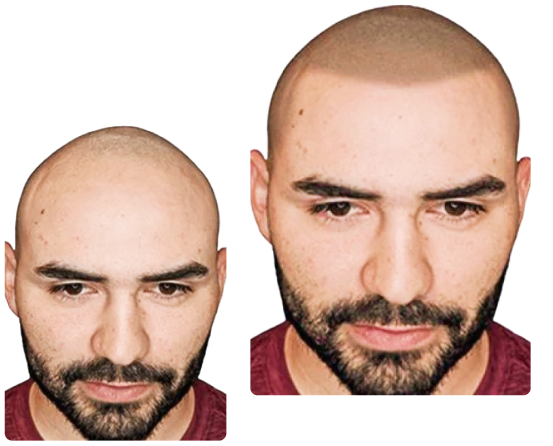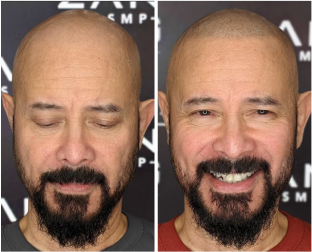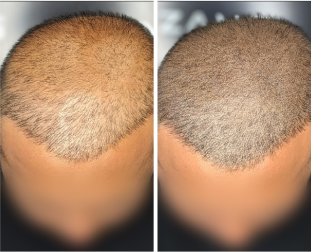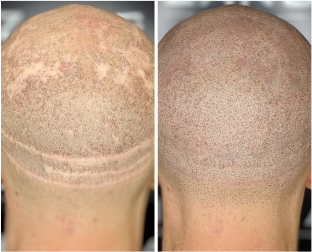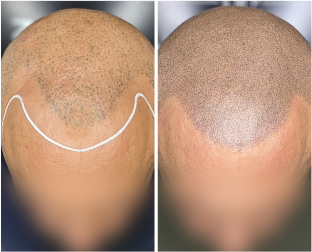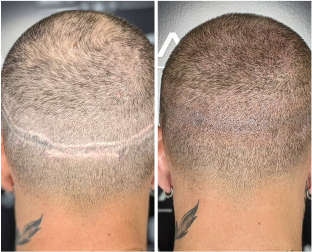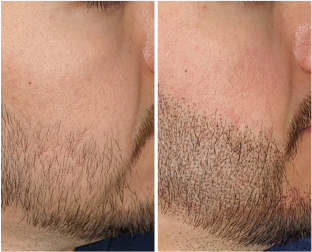How is Male Pattern Baldness Diagnosed and How Does it Influence Hair Loss?
Male pattern baldness is commonly identified by hair loss along the hairline and crown. Genetics and hormones are major influences behind this condition, as well as other types of hair loss, but treatments can help manage it effectively.
Stages of Male Pattern Baldness
The Hamilton-Norwood scale provides a way to assess the stages of male pattern baldness, from stage 1 with minimal hair loss to stage 7 where complete baldness occurs.
Stages 1 through 3 show mild to moderate recession of the hairline.
By stages 4 and 5, the hairline recession becomes more significant, and thinning of the crown area starts to show. In stages 6 and 7, nearly all or all of the hair on the top of the head is gone.
Rarely, male pattern baldness can appear as diffuse thinning across the scalp or as localized thinning in the crown area without affecting the hairline.
Treatment For Male Pattern Hair Loss: Scalp Micropigmentation
Scalp Micropigmentation (SMP) is an advanced, non-surgical solution for men struggling with male-pattern baldness. This innovative technique applies specialized pigments to the scalp to replicate the appearance of natural hair follicles, resulting in a smooth, buzzed look that suits any style.
What sets SMP apart is its ability to provide quick and reliable results without the need for a hair transplant. Unlike hair transplants, which depend on the availability of donor hair, SMP delivers immediate outcomes and is suitable for men at any stage of hair loss. Whether you’re just beginning to experience thinning or have been dealing with more severe hair loss, SMP is a great fit.
At Zang SMP in Santa Monica, we use organic, plant-based pigments that ensure safety while delivering stunning results. Our highly skilled practitioners apply the pigments with precision, seamlessly blending them with your natural hair to create a flawless, authentic appearance.
For those frustrated by the emotional effects of hair loss, SMP offers a rejuvenating solution. This procedure helps you regain your youthful look and boosts confidence, all without the pain or downtime associated with surgery.
The treatment typically involves two to three sessions. The first two are spaced one week apart, with the option for a third session, 1 to 3 months later, to perfect the results and ensure your satisfaction.

